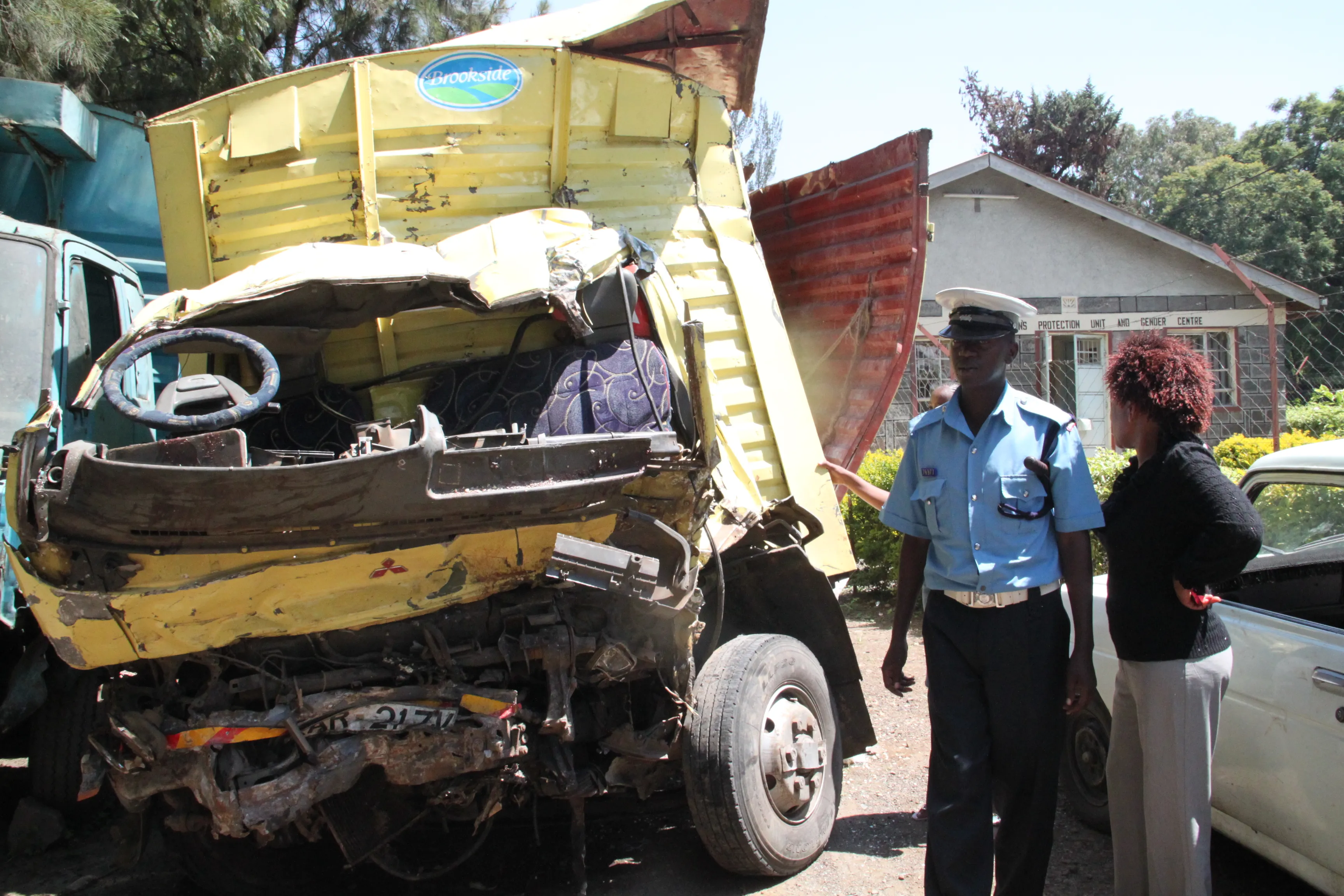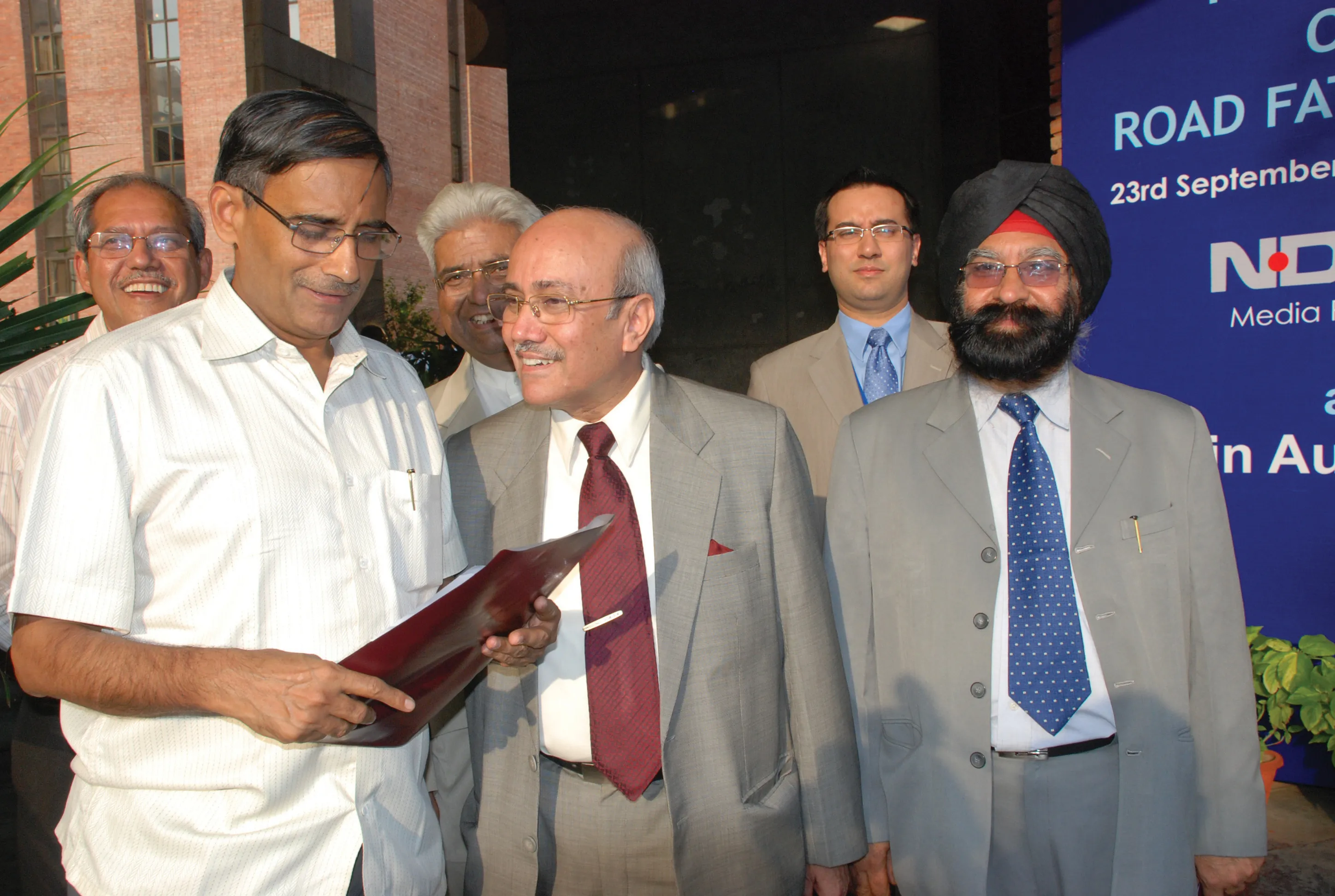The US Department of Transportation (USDOT) is carrying out road safety pilot programmes in Hartford, Connecticut and Syracuse, New York. These are intended to test whether increased law enforcement efforts can ensure that drivers stop using cell phones and focus instead on the road.
February 8, 2012
Read time: 2 mins
The 2364 US Department of Transportation (USDOT) is carrying out road safety pilot programmes in Hartford, Connecticut and Syracuse, New York. These are intended to test whether increased law enforcement efforts can ensure that drivers stop using cell phones and focus instead on the road. The pilot programmes are similar to previous efforts to curb drunk driving and increase seat belt use among drivers. However, these are the first federally funded efforts in the country to specifically focus on the effects of increased enforcement and public advertising on reducing distracted driving. Drivers caught texting or talking on a hand-held cell phone are being pulled over and fined. Each pilot programme is supported by US$200,000 in federal funds and matched by $100,000 from the state. Researchers will study changes in attitudes and behaviour from beginning to end and the results will serve as a model for employing high visibility enforcement, education and outreach to reduce distracted driving behaviors in other cities and states across the country. Research by the National Highway Traffic Safety Administration shows that in 2008 alone, nearly 6,000 people were killed and more than a half million people were injured in crashes involving a distracted driver nationwide. Almost 20% of all crashes that same year involved some type of distraction.








